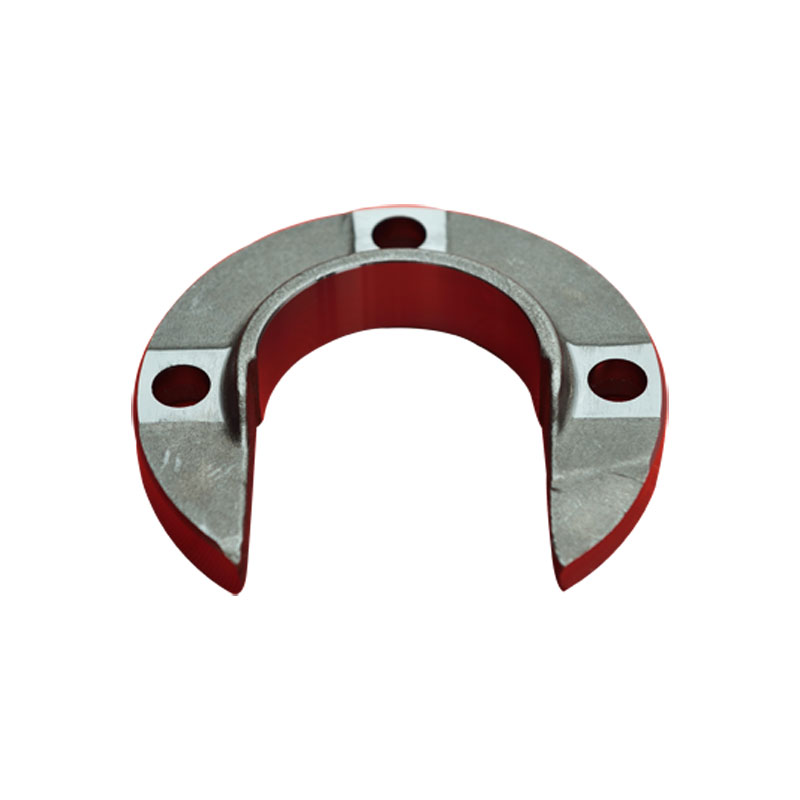How are crack defects in gear forgings caused?
2022-08-17
The cracks are high temperature forging cracks and low temperature forging cracks caused by improper deformation temperature, which are surface cracks, internal cracks and burr edge cracks.
The burr edge cracks often appear in the die forging aluminum alloy on the hammer. When the burr edge is cut, it usually cracks along the parting line (see the parting surface). This is because when the forging temperature is too high or during the forging process, the excess metal filled with the die groove is forced to extrude the rough edge, the surface of the die and the surface of the stainless steel forging metal friction, metal flow near the surface of the die is difficult to be in a static state. The truly flowing metal has a certain depth from the surface of the die. Therefore, between the flow and the static and static metals, due to the strong relative motion, a large amount of heat is generated, which causes the metals in this range to overheat. In addition, when the excess metal extrudes the burr grooves, cracks will appear in the superheated part of the burr edges under the action of a large shear stress in this part. In addition, there are also reasons such as improper mold design, too small radius of rib root fillet, and too many burns during quenching heating. In order to prevent such cracks, the forging temperature and hammer speed should be appropriately reduced, the radius of the fillet increased, and the shear stress reduced.
Surface cracks are caused by excessive temperature or hammer speed of gear forging. The crack is wide, the fracture is not uniform, the organization is rough, is dark gray. The crack ends in the low-power tissue are serrated, independent of the streamline. At high magnification, the cracks were observed to extend along grain boundaries and then crystallized completely without any metallurgical defects such as inclusions. When the forging temperature is too low and the hammer is too heavy, the billet side and the hammer direction are triangular cracks, and the fracture is smooth and has metallic luster. High magnification, crack transgranular, work hardening.
An internal crack occurs during free forging. When the blank with circular section is elongated and rolled round, the transverse tensile stress is generated due to the excessive input amount, too small compression amount and fierce transverse flow of metal. Closer to the heart, the greater the tensile stress, leading to internal longitudinal cracks. Another type of internal crack is a microcrack around an alloy caused by excessive intermetallic compounds or inclusions that impede the regular flow of the metal during forging. Normally, such cracks can only be exposed after stainless steel forgings are processed. The former method to prevent longitudinal cracks is to play four sides, then play eight directions, and then play eight directions, each time the amount of pressure is greater than 20%. The way to prevent the latter crack is to strictly check the forging blank and control the blank with unqualified organization into the car.




